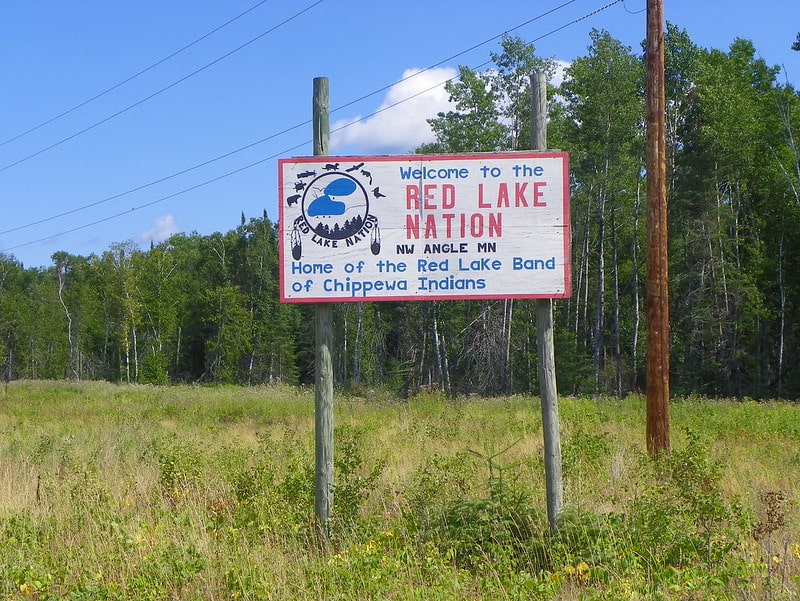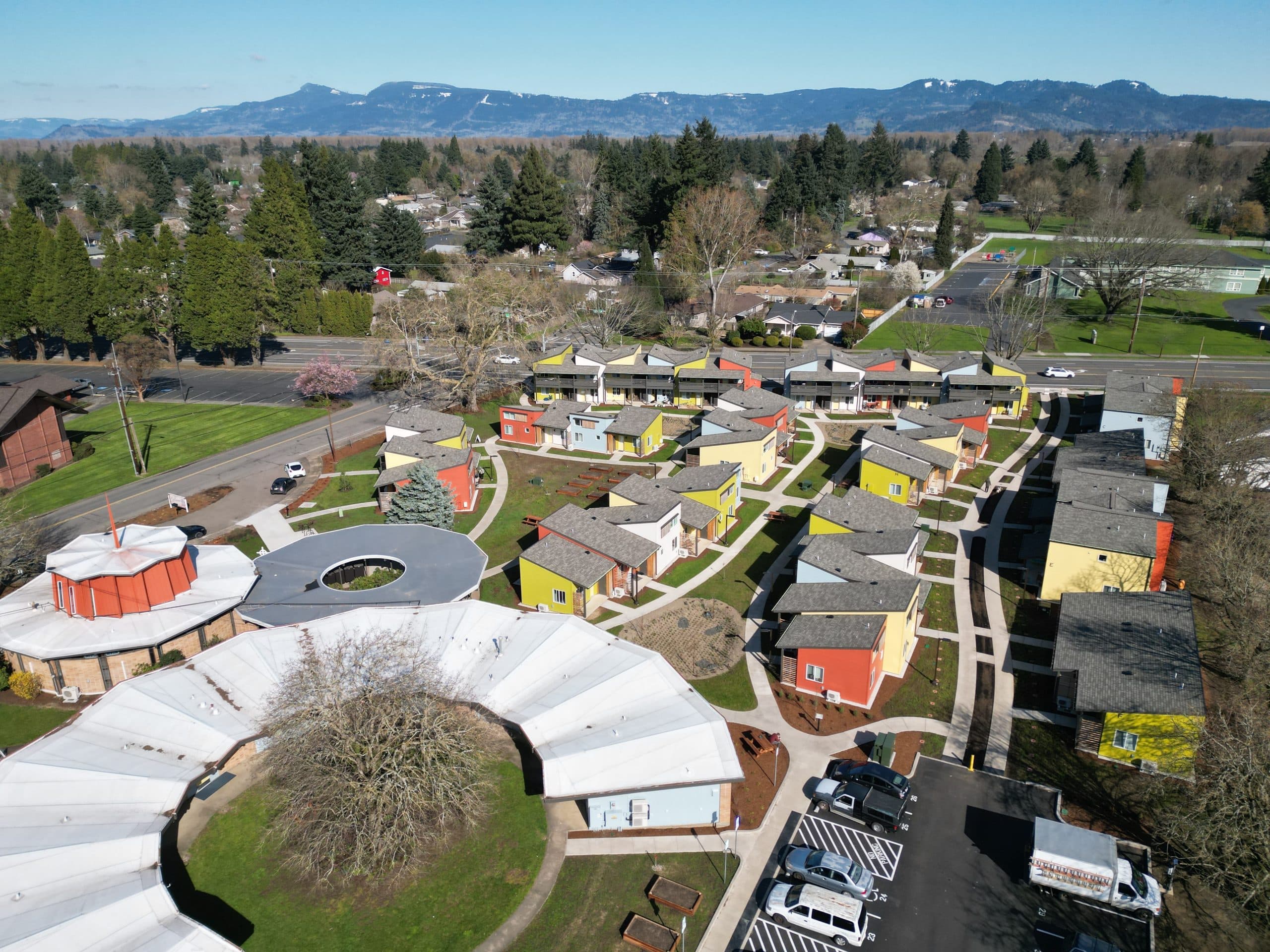A report I recently co-authored for the Center on Budget and Policy Priorities examines the state of public housing in the United States today using significant new research on the location of remaining units.
The report finds that public housing has improved dramatically in the past 15 years. Most of the projects that generated negative stereotypes of public housing in the past have been transformed or demolished and the vast majority of public housing developments are now in good physical condition. For example, since 1995, about 200,000 public housing units, including the great majority of large “high rises,” have been torn down. Ninety percent of developments meet or exceed housing quality standards (although most developments are more than 30 years old, and many will need rehabilitation to continue to provide decent quality homes). Research also shows that the share of public housing units located in very poor neighborhoods has fallen by 40 percent, and only 86,000 family units — less than 11 percent of all public housing outside New York City — are in large projects in high-poverty neighborhoods.
The people public housing serves also have changed. Nearly two-thirds of all public housing households include an elderly person or an individual with a disability; without housing assistance, many could be forced to move to an institution. As the U.S. population continues to age in coming years, affordable housing that is suitable for seniors will become even more important. In addition, public housing provides crucial stability for more than 400,000 low-income families with children, the majority of them working families.
Sound changes in federal policy contributed to all of the recent gains made in public housing. Unfortunately, in the past several years the federal government has failed to provide the state and local housing agencies that own and operate public housing with sufficient funds. Large funding shortfalls currently threaten the progress made in the recent past. Thousands of public housing units have been lost, security and other services cut, and needed repairs delayed.
Our report recommends the federal government adopt a comprehensive plan for public housing that includes four elements:
- Providing housing agencies with the full amount of funding they need for adequate upkeep and operation of developments.
- Providing added resources to rehabilitate developments and establish a new process to allocate those resources efficiently.
- Permitting housing agencies to replace certain developments with “project-based” vouchers, which make specific units in privately or publicly owned housing developments affordable to low-income families.
- Requiring housing agencies to transform large, low-opportunity developments into mixed-income developments or to provide vouchers enabling residents to move to better housing.
The recent setbacks to the progress made in public housing are not irreversible, but the federal government must act soon to prevent further decline and to protect the vulnerable populations public housing currently serves.
Click here if you’d like to view the report, “Preserving Safe, High Quality Public Housing Should Be a Priority of Federal Housing Policy,” or click here to view a portion of the data we used for our research. Data on public housing in each state can be found here.




Comments